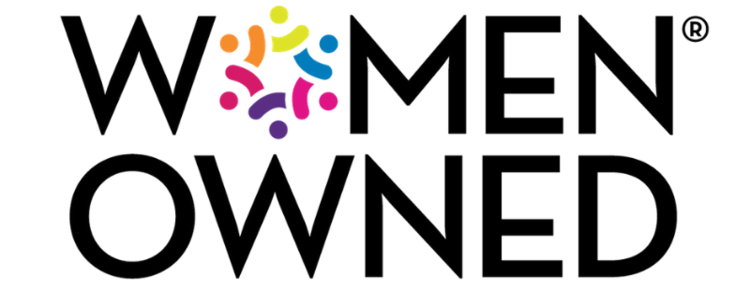Assumptions color every word we write. It’s impossible not to make assumptions whenever we dive into a writing project, but we endanger the effectiveness of our writing if we fail to acknowledge their presence. Or, as author Bryan Davis vividly put it: “Assumptions are unopened windows that foolish birds fly into, and their broken bodies are evidence gathered too late.”
What are the most common assumptions business and technical writers make, and why are those assumptions dangerous? Here are the top five.
Assumption: there is only one kind of reader. Danger: Your writing will fail to engage.
A science- or engineering-oriented writer might assume only scientists and engineers are reading the work, but that’s likely untrue. Even leaders in their own organizations may read their work but come from different backgrounds. Further, readers have different reading styles; some skim documents, others read in-depth, etc.- Tip: Think strategically about how to structure and organize your document so that it can work for multiple audiences and readership styles.
Assumption: you know who your readers are. Danger: your writing will be mistargeted.
Many writers assume their readers are all peers who share the same education level, knowledge base, and worldview. Or, at a B2C company, writers might assume all readers fit their target customer persona. Often, however, writers fail to consider “invisible audiences” altogether.- Tip: Research your readers to better understand them.
Assumption: you know what your readers know and how they will react. Danger: your writing will fail to spark desired outcomes.
If writers assume their readers are peers, they might then assume that no explanations or context is required to make their point. Here, their readers might fail to understand them. But the flip could be true as well: writers might assume their readers are rote beginners and need everything explained. If untrue, this can alienate the audience.- Tip: Give up the fantasy of easy acceptance, and consider how their biases might fuel “motivated reasoning” that affects how they absorb the material. Get feedback to your first draft from members of your target audience.
You assume the same approach will work for every reader.
If writers assume that the same type of document or writing strategy will work for every reader, they are guaranteed to lose effectiveness, because this assumption is fundamentally untrue. Depending on the reader’s situation, needs, and their own goals, the documents may need to be adjusted to produce desired outcomes.- Tip: Align writing goals with reader goals. That means designing, structuring, organizing, and writing the document in way that is tailored to the reasons why your audience is reading in the first place.
You assume you’re a better writer than you are.
Due to a psychological phenomenon called the Dunning-Kruger Effect, many writers overestimate their competence. This can create blind spots that allow assumptions to fester unexamined and can lead to writers refusing to seek or listen to feedback or constructive criticism- Tip: Make sure your organization has a good feedback and editing process. Also, to legitimately strengthen writing skill, get professional training in writing.
About Hurley Write, Inc.
Hurley Write, Inc., a certified women-owned small business (WBENC and WOSB), Historically Underutilized (HUB), and Disadvantaged Business Enterprise (DBE), has been designing and teaching customized onsite and online technical, business, and scientific writing courses for over 30 years. We also develop and teach specialty courses, such as how to write proposals and standard operating procedures (SOPs) and deviation and investigation reports, and how to prepare and give great presentations. Links: Internal, Medium.com


